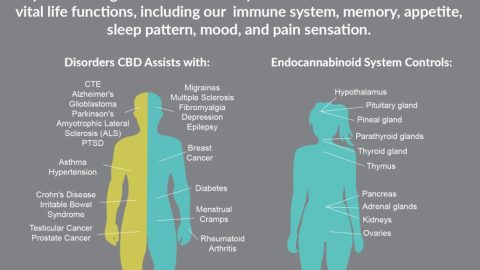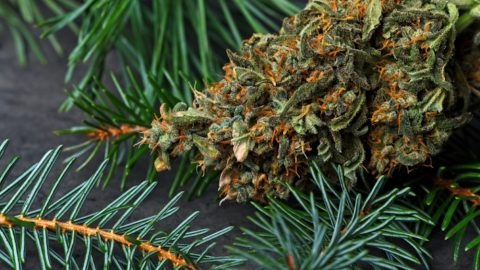What are Cannabinoids?
Phytocannabinoids are naturally occurring compounds found in the cannabis plant and are more commonly referred to simply as cannabinoids. There are currently over 100 of these compounds identified in the plant. Aside from the two most well-known cannabinoids THC and CBD, others which are gaining attention are cannabigerol (CBG), cannabinol (CBN), and cannabichromene (CBC).
Cannabinoids are primarily produced by tiny stalk-like glands, known as trichomes. The word trichome is derived from the Greek word trichoma meaning “hair.” Trichomes cover the leaves and buds of the plant and produce a sticky resin containing not just cannabinoids, but also terpenes and flavonoids. Terpenes are primarily responsible for the cannabis plant’s scent and flavor, but flavonoids also contribute to the plant’s scent, flavor, and non-green colors.
Cannabinoids interact with the human body through the endocannabinoid system (ECS). The ECS consists of two primary receptors, two internal chemical messengers (or neurotransmitters) known as endocannabinoids, and enzymes which manufacture and break down these endocannabinoids. The first ECS receptor subtype (CB1) is primarily located in the brain and central nervous system and the second receptor subtype (CB2) is primarily located in the immune system. However, both receptors are found throughout the body.
Together, the components of the ECS function to help regulate mood, memory, pain sensation, brain and nerve cell protection, sleep, stress, immune function, appetite, and to promote homeostasis (a state of physical balance and well-being). Cannabinoids from the cannabis plant interact with the receptors of the ECS to assist our bodies in healing and restoring this balanced state. Each cannabinoid has distinct characteristics which result in a unique benefit profile. However together, cannabinoids appear to enhance each other’s benefits; a phenomenon known as the “entourage effect.”
Author Bio:
Dr. Wright Penniman M.D. is a board certified family physician with 15 years of clinical experience and 4 years of experience as a medical director with a major health insurance company.



